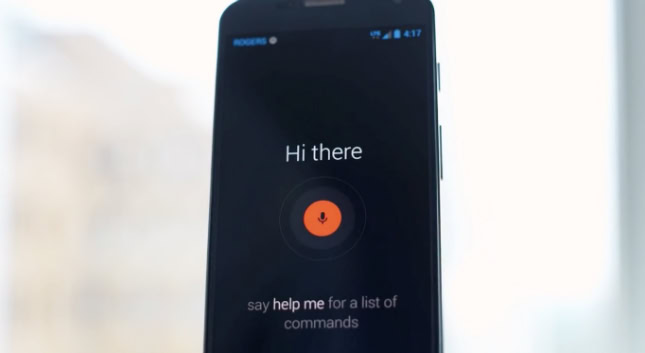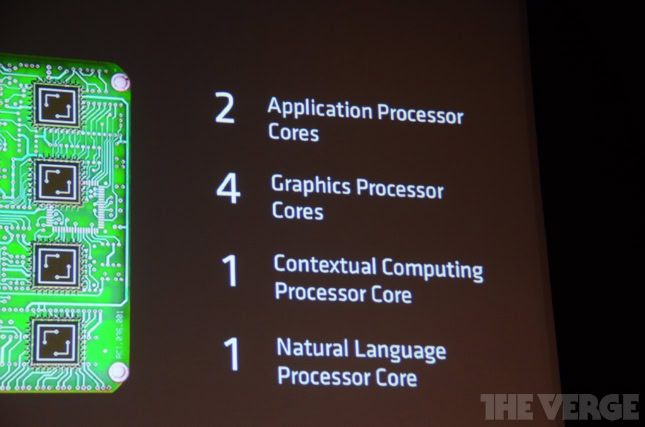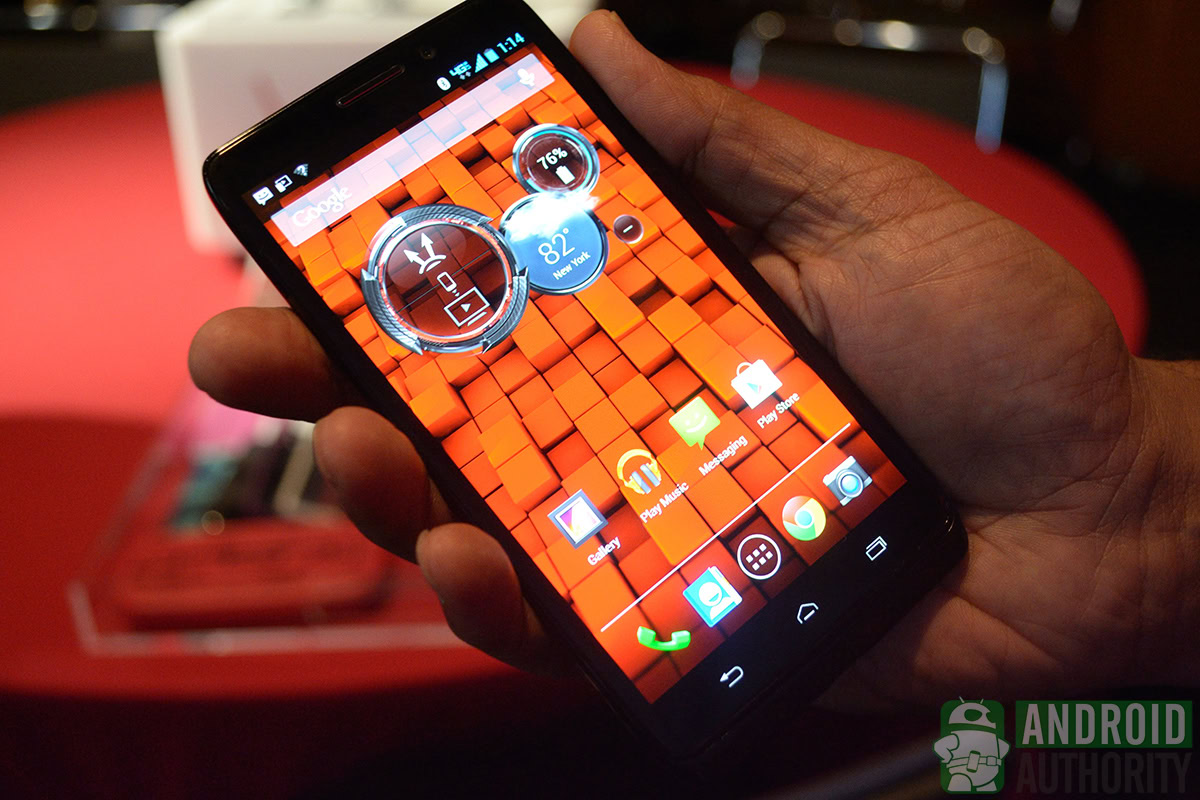Affiliate links on Android Authority may earn us a commission. Learn more.
Motorola X8 Mobile Computing System: A closer look at the "8-core" chip

Put simply, the Motorola X8 is a new SoC concocted by Motorola for use in its new devices — and possibly in some upcoming devices, as well. But what makes it different from all the other SoCs present on other devices today? And is it really as groundbreaking as Motorola makes it out to be?
We’ve already gone over some of the Motorola X8’s details in our previous report, in which we mentioned that it will be present in all three new Android-powered phones announced recently for Motorola: the Droid Mini, Droid Maxx, and Droid Ultra. We’ve also been able to determine a little bit about the Motorola X8 when it comes to technical specs without having to pull an iFixit, thanks to information shared on Google+ by Taylor Wimberly.

If you want to know more about what the Motorola X8 really is, we’re here to help. And the way we’re going to do that is by telling you what it isn’t.
Octa-core is a misnomer
Although the Motorola X8 utilizes a total of eight different processor cores, it is not, as some people have referred to it, an eight-core (octa-core) processor, at least not in the truest sense of the word. In reality, the Motorola X8 would fall under the category of a dual-core processor if you really want to get technical, as it only really relies on two main processor cores clocked at 1.7GHz for actual app processing duties.
“New” is subjective
And while the X8 is being billed as a system that only Motorola could have built — only a small part of it is actually new. In fact, as some have rightly pointed out, it’s simply a modified Qualcomm Snapdragon S4 Pro, fitted with two new specialized low-power cores to take care of all the always-on needs for the latest batch of Android-powered Motorola devices.
What about the remaining cores?
The Motorola X8 still has six other cores, apart from the two main ones. Four of those belong to the GPU, which is said to be an Adreno 320. Each graphics core runs at 400MHz, helping it deliver a 3.2 million pixel fill rate, plus 155 frames per second (fps) in the Egypt performance benchmark.
And then there’s the pair of specialized low-power cores for the always-on functionality. Here’s where things get really interesting. The Motorola X8 is being touted as having both a local-natural language processor (or L-NLP) and a contextual computing processor (or CCP), which take care of voice commands and sensor-based actions, respectively. These are the things that make the X8 unique in the typically small world of the SoC. And Motorola is counting on them to succeed.
The power of low-power

As you can imagine, a system that is always on, always listening, and always awake will drain the battery of any battery-powered device really fast. With the X8, Motorola has taken a bold new approach to kill two birds with one stone by using fewer cores and utilizing an extra pair of low-power cores for only the specialized computing tasks.
The end result, as Motorola would have it, is a mobile computing system that is able to “deliver great experiences without killing the battery.” That’s pretty much the end-game of Motorola here: to keep its newest always-on devices, well, always on.
Wrap-up
We get that an always-on device that runs out of batteries less than half a day from disconnecting from the charger won’t do anybody any good. So the fact that the Motorola X8 comes with dedicated language processing and contextual processing cores that don’t require as much battery power as normal cores makes a lot of sense.
It’s difficult to say whether other SoC makers will follow Motorola’s lead or not, but we won’t be surprised if any do. If always-on technologies like Google Now ever truly pick up, then this might just be the basis for the SoC of the future.